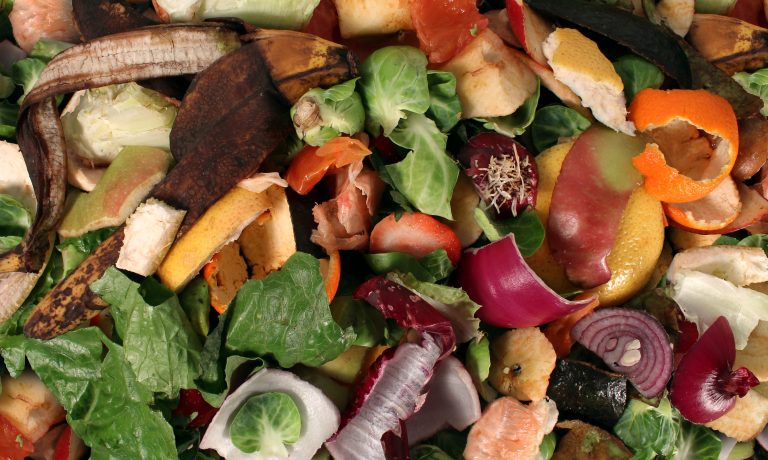How to Make Bokashi

Bokashi composting is an anaerobic process that relies on inoculated bran to ferment kitchen waste, including meat and dairy, into a safe soil builder and nutrient-rich tea for your plants. This article will explain how you can make your own bokashi without the help of expensive kits.
How to Make Bokashi
Bokashi composting is an anaerobic process that relies on inoculated bran to ferment kitchen waste, including meat and dairy, into a safe soil builder and nutrient-rich tea for your plants. This article will explain how you can make your own bokashi without the help of expensive kits.
Ingredients in Proportions:
– 20 bags of soil (clay-like soil is better, retains nutrients)
– 20 bags of cut straw (or maize stalks)
– 20 bags of manure (better dry; any kind, diversity always trumps)
– 1 bag of charcoal
– 1 bag of wheat bran (or maize chaff)
– 5-10 litres of molasses (the thicker the better)
– 1 kilo of yeast (better dry)
– 25-50 kilos of rock dust (Any kind, diversity always trumps. The finer the better)
– Water
Notes:
The smaller (finer) the components in the ingredients are, the faster the digestion will occur. Size of the ingredients should be proportionate to have a relatively homogenous decomposition. Add water until the humidity content of the Bokashi is around 35-45% humidity. Keep into account the humidity of each ingredient. If saturated, the process will happen anaerobically and develop undesired features. Hand test: take some Bokashi and make a fist, if the matter stays together without being saturated the water content is fine. Never add water after the first day.
- The utility of ingredients: (in case of unavailability, can be replaced with other components of
same utility) - Molasses: Sugar that constitutes the energy for the microorganisms, could be replaced with normal sugar. Molasses is a corrosive substance; therefore, it contains whatever it breaks down.
- Yeast: Sets a party atmosphere: the temperature, availability of food, etc. Invites microbes from outside. When yeast decomposes it becomes protein and nitrogen which are great for
the soil. - Soil: brings microbiology and homogeneity to the mix.
- Manure: Bring microbes (5 functional groups: fungi, bacteria, yeast, etc.) and nitrogen.
- Charcoal (wood): Retains humidity and nutrients, improves soil structure, root development and oxygen availability, home for microorganisms, is a thermic regulator, a pH buffer and when it decomposes, it forms humus.
Process: Aerobic
1) Find a covered space, it is better if the ground is soil so the excess humidity can escape through the soil.
2) Spread the ingredients in multiple layers over one another forming a type of lasagna. The more layers you make, the easier the mixing will be later on. The heap should not be taller than 1
metre (the extra pressure would cause anaerobic conditions)
3) The layers should then be shovelled enough for the whole to be a homogenous mix.
4) The heap will start heating up. Once it reaches 40+ degrees Celsius it should be mixed again and from then on it should be mixed twice a day for three days. The heat should never exceed 54
degrees Celsius. After three days, mixing once a day should be sufficient.
5) Do this for 15 days (a bit longer during humid seasons). At the end of the process, the heap should be neither humid or hot.

